110175
Tetraethylene glycol
99%
Synonym(s):
Bis[2-(2-hydroxyethoxy)ethyl] ether, Tetra(ethylene glycol), Tetraglycol
About This Item
Recommended Products
vapor density
6.7 (vs air)
Quality Level
vapor pressure
<0.01 mmHg
Assay
99%
mol wt
average Mn 200
refractive index
n20/D 1.459 (lit.)
bp
314 °C (lit.)
mp
−5.6 °C (lit.)
density
1.125 g/mL at 25 °C (lit.)
Ω-end
hydroxyl
α-end
hydroxyl
SMILES string
OCCOCCOCCOCCO
InChI
1S/C8H18O5/c9-1-3-11-5-7-13-8-6-12-4-2-10/h9-10H,1-8H2
InChI key
UWHCKJMYHZGTIT-UHFFFAOYSA-N
Looking for similar products? Visit Product Comparison Guide
Related Categories
General description
Application
Glow discharge plasma deposition of TEG renders surfaces resistant to protein adsorption and cellular attachment.
Caution
Storage Class Code
10 - Combustible liquids
WGK
WGK 2
Flash Point(F)
359.6 °F - closed cup
Flash Point(C)
182 °C - closed cup
Personal Protective Equipment
Choose from one of the most recent versions:
Already Own This Product?
Find documentation for the products that you have recently purchased in the Document Library.
Customers Also Viewed
Articles
Dmitri Simberg (University of Colorado Anschutz Medical Campus, USA) reviews the used of dextran and cyclodextrin for the synthesis of nanoparticles used in drug delivery applications.
Dmitri Simberg (University of Colorado Anschutz Medical Campus, USA) reviews the used of dextran and cyclodextrin for the synthesis of nanoparticles used in drug delivery applications.
Professor Randal Lee (University of Houston, USA) discusses design considerations for iron oxide magnetic nanospheres and nanocubes used for biosensing, including synthetic procedures, size, and shape. The effects of these variables are discussed for various volumetric-based and surface-based detection schemes.
Progress in biotechnology fields such as tissue engineering and drug delivery is accompanied by an increasing demand for diverse functional biomaterials. One class of biomaterials that has been the subject of intense research interest is hydrogels, because they closely mimic the natural environment of cells, both chemically and physically and therefore can be used as support to grow cells. This article specifically discusses poly(ethylene glycol) (PEG) hydrogels, which are good for biological applications because they do not generally elicit an immune response. PEGs offer a readily available, easy to modify polymer for widespread use in hydrogel fabrication, including 2D and 3D scaffold for tissue culture. The degradable linkages also enable a variety of applications for release of therapeutic agents.
Protocols
99%; Glycerol, ≥99.5%; Tetraethylene glycol, 99%
Global Trade Item Number
| SKU | GTIN |
|---|---|
| 110175-1KG | 4061838694935 |
| 110175-1L | |
| 110175-20KG | 4061838137739 |
| 110175-25ML | |
| 110175-3KG | 4061838694942 |
| 110175-5G | |
| 110175-100G | 4061838694928 |
Our team of scientists has experience in all areas of research including Life Science, Material Science, Chemical Synthesis, Chromatography, Analytical and many others.
Contact Technical Service

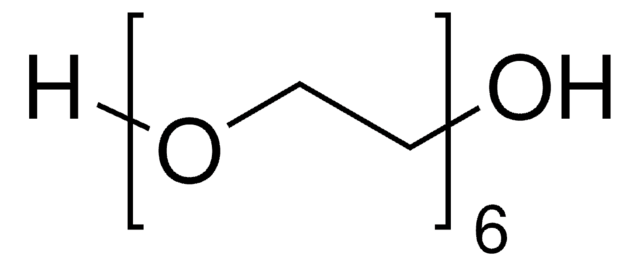


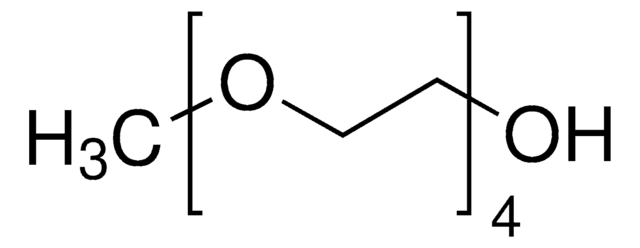
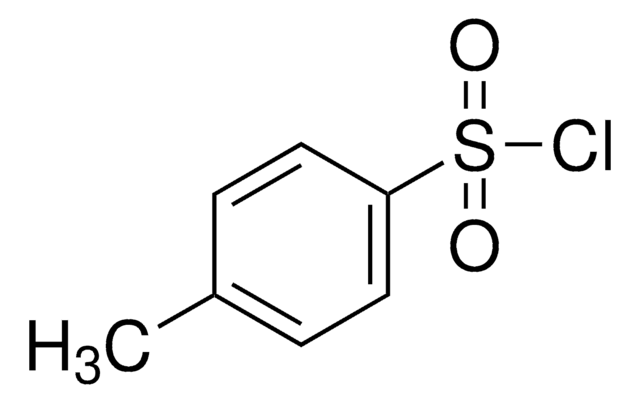


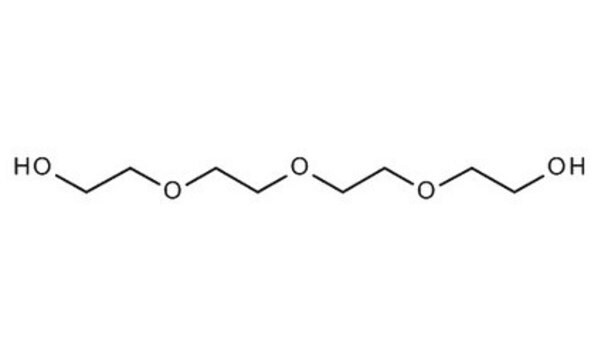
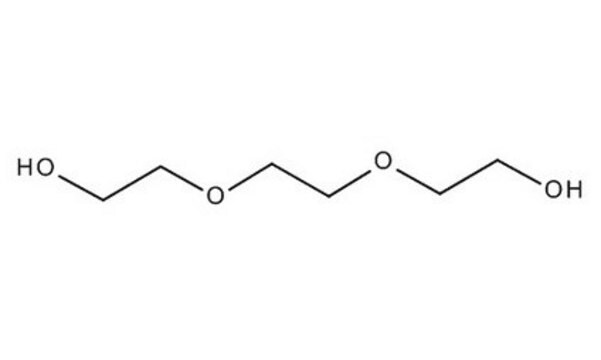

![Bis[2-(2-chloroethoxy)ethyl] ether ≥99.0% (T)](/deepweb/assets/sigmaaldrich/product/structures/333/320/46ff3398-7a62-42b5-b9bc-0a3d0cb0429c/640/46ff3398-7a62-42b5-b9bc-0a3d0cb0429c.png)
